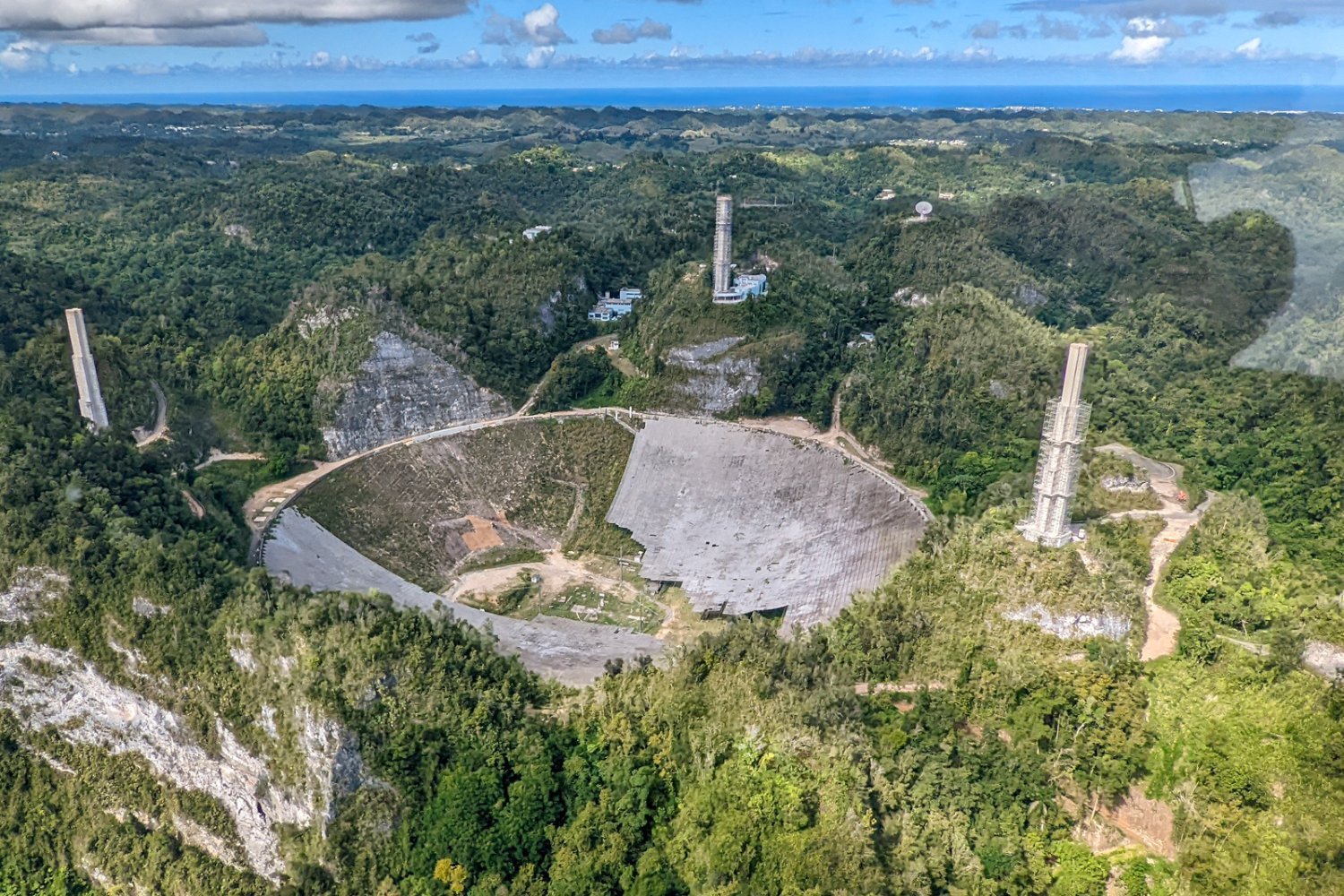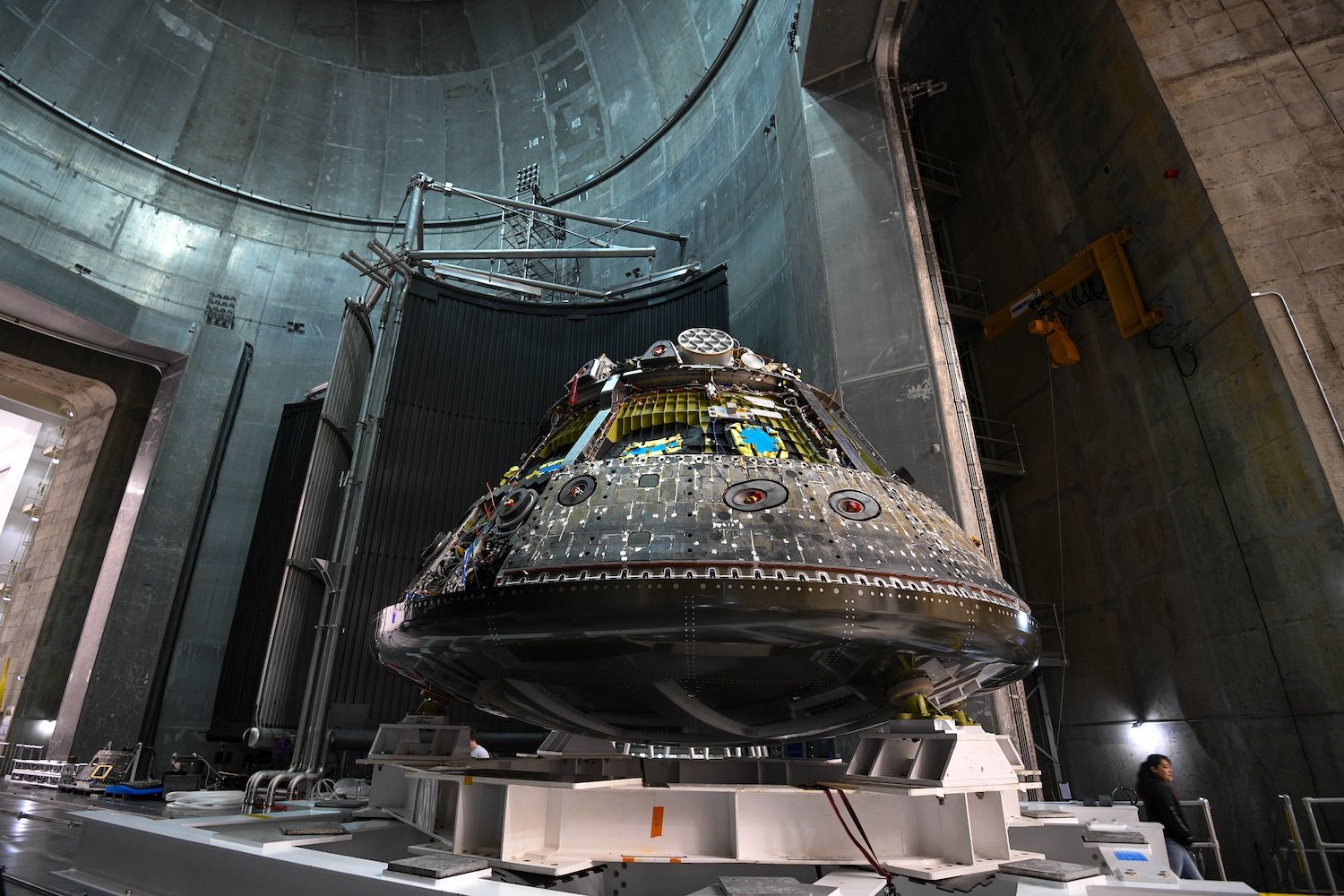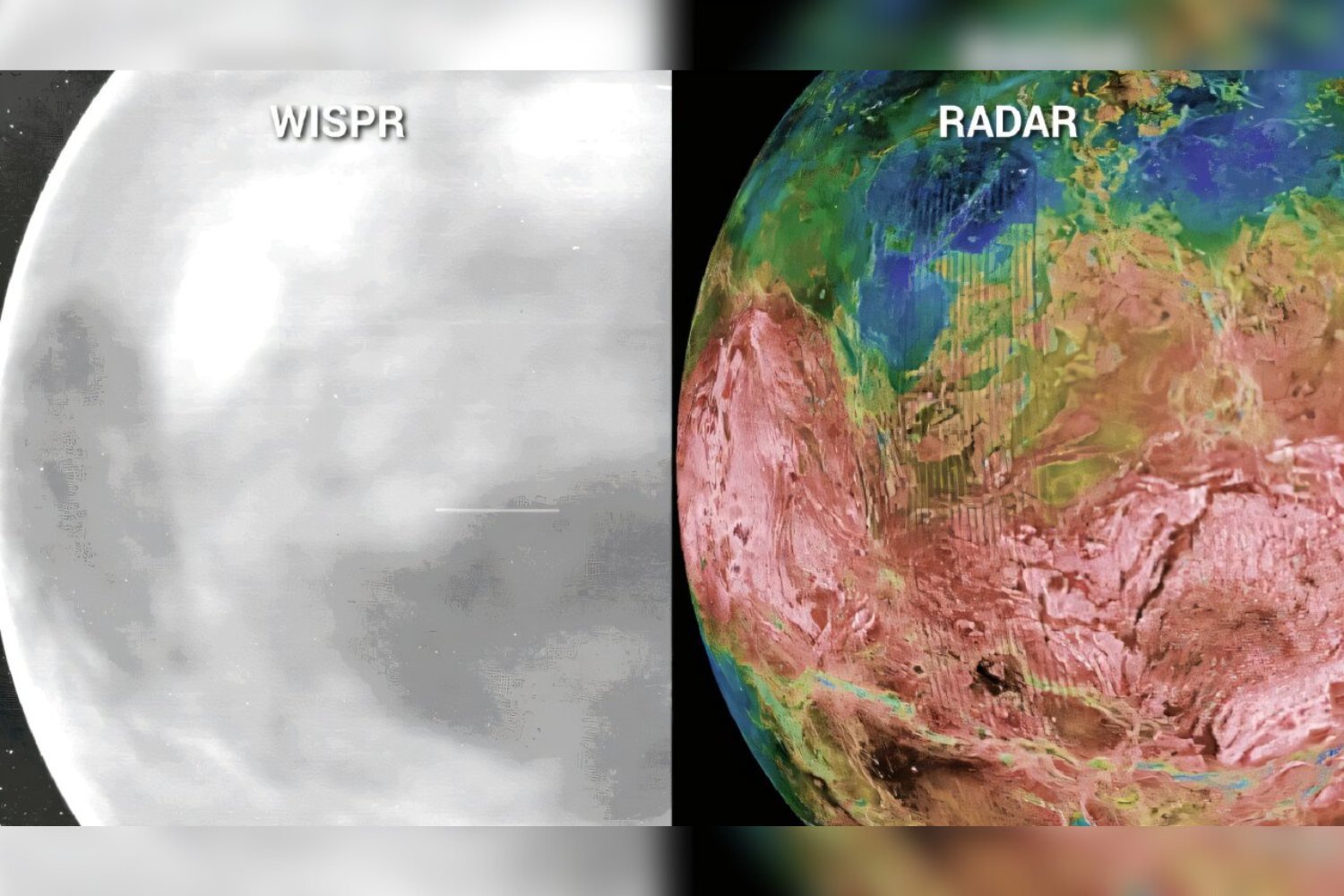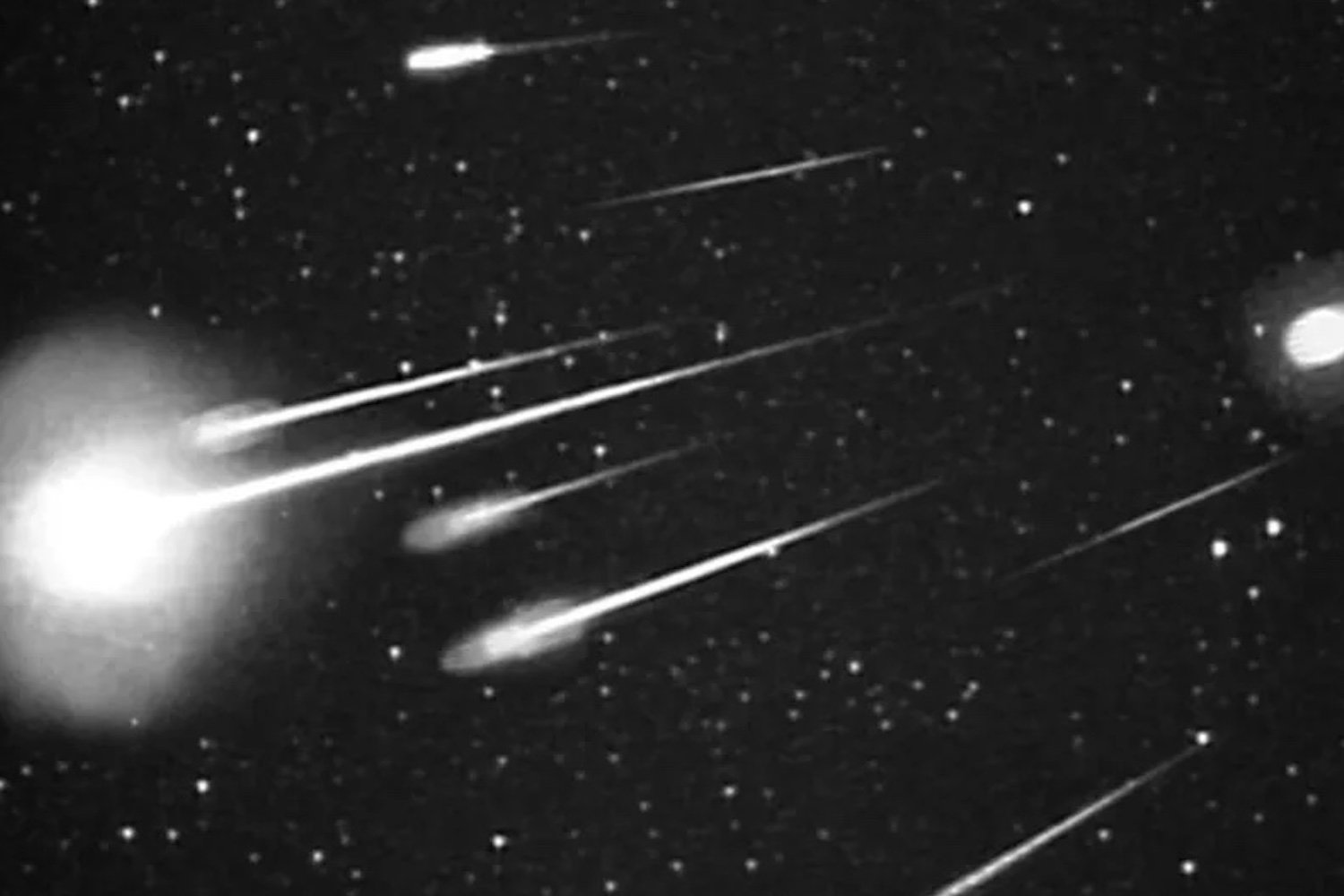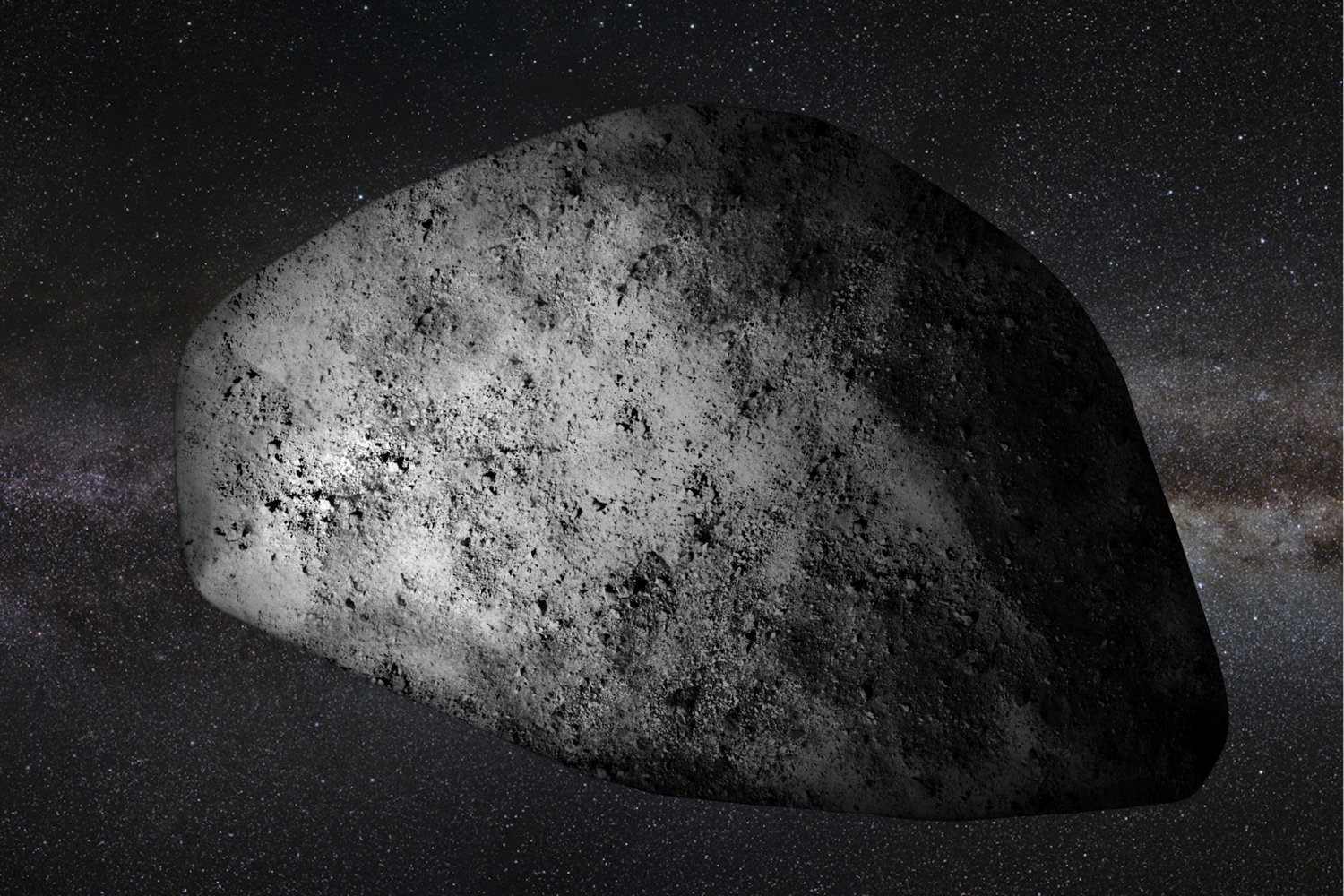The iconic Arecibo Observatory in Puerto Rico met its demise in December 2020, a tragic event that concluded its 57-year reign as a premier radio astronomy facility. A recent report published by the National Academies of Sciences, Engineering, and Medicine sheds light on the factors that led to the catastrophic collapse, pointing to a combination of deteriorated zinc in the telescope’s cable sockets and the lingering effects of Hurricane Maria.
The report identifies “unprecedented and accelerated long-term zinc creep induced failure” as the primary cause of the collapse. This failure occurred within the cable sockets, critical components responsible for supporting the 900-ton platform suspended above the massive radio dish. The platform’s dramatic plunge through the 1,000-foot (304.8-meter) dish marked a devastating end to the observatory’s contributions to science.
Timeline of Failure: A 39-Month Sequence
The report details a 39-month “failure sequence” initiating with Hurricane Maria’s impact in September 2017. Post-hurricane inspections revealed cable slippage, a warning sign that unfortunately went unaddressed. The committee expressed concern over the lack of documented attention to the cable pullouts and safety factors in the period between the hurricane and the eventual collapse.
Unprecedented Socket Failure: A Unique Case
Adding to the complexity of the situation, the report highlights the unprecedented nature of the spelter socket failure. Despite over a century of successful use in similar structures, this type of failure had never been documented before the Arecibo incident. The committee suggests a possible, albeit unprovable, explanation: the socket zinc creep might have been unexpectedly accelerated by the telescope’s uniquely powerful electromagnetic radiation environment.
The Legacy of Arecibo: From Discovery to Education
The Arecibo Observatory played a vital role in numerous scientific breakthroughs, including the discovery of new exoplanets, mapping other worlds, observing fast radio bursts, and contributing to the search for extraterrestrial life. Its collapse signifies a significant loss to the scientific community.
A New Chapter: Arecibo as a STEM Education Center
While the telescope itself is gone, the site is slated for a transformation. The National Science Foundation announced plans to convert the location into a STEM-focused education center. Though the future of the Arecibo site will deviate from its original purpose, it will continue to inspire future generations of scientists and engineers. Initially planned for a 2023 opening, the project has been scaled back, with institutional partners now managing the transition. While the site may no longer collect radio data, its legacy as a hub of astronomical discovery will endure.



